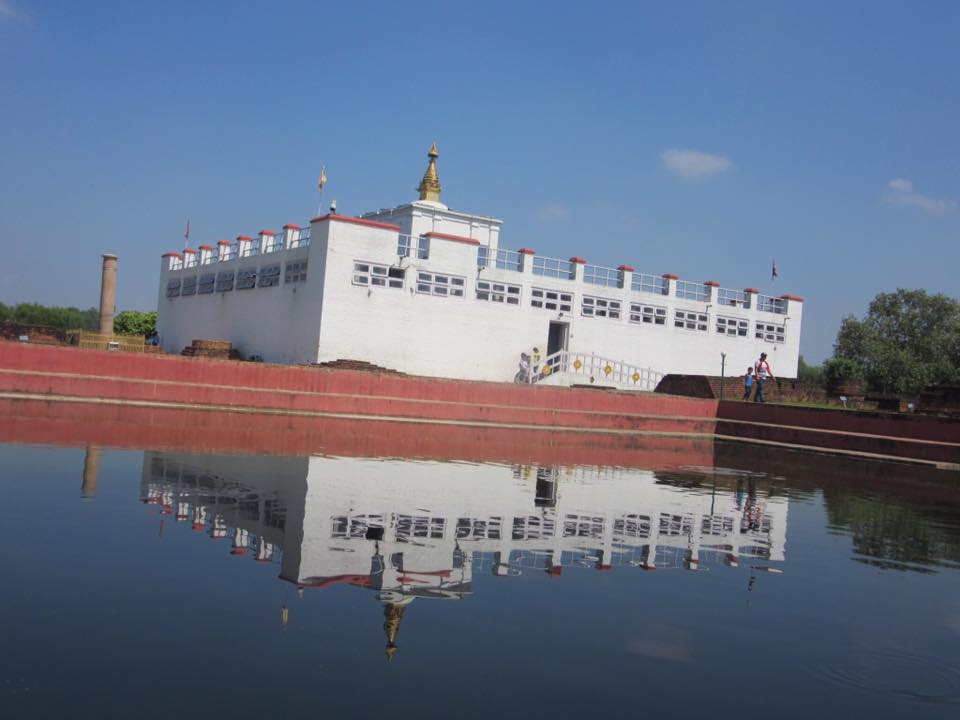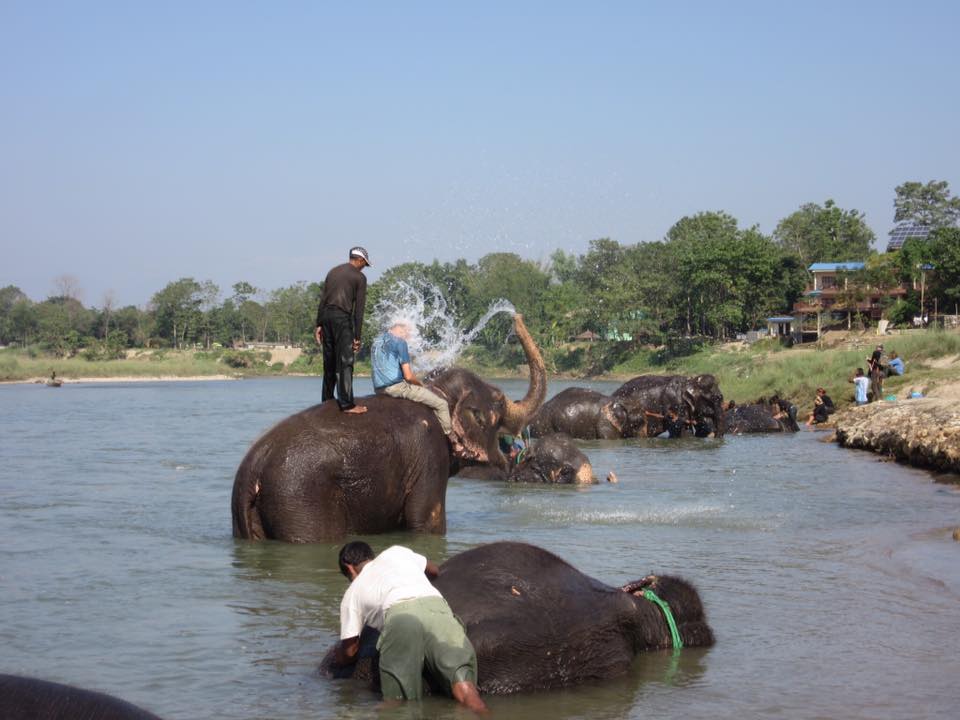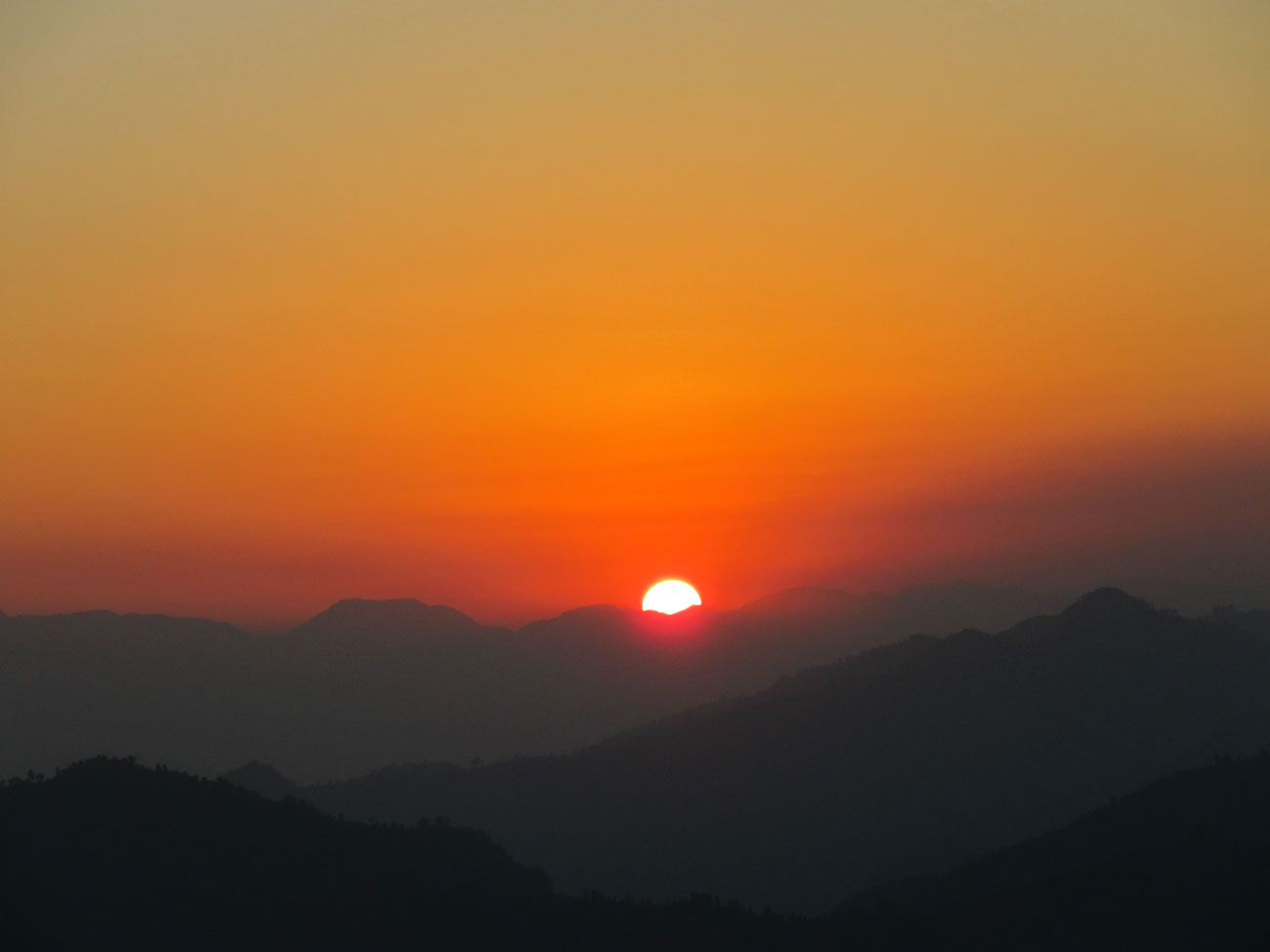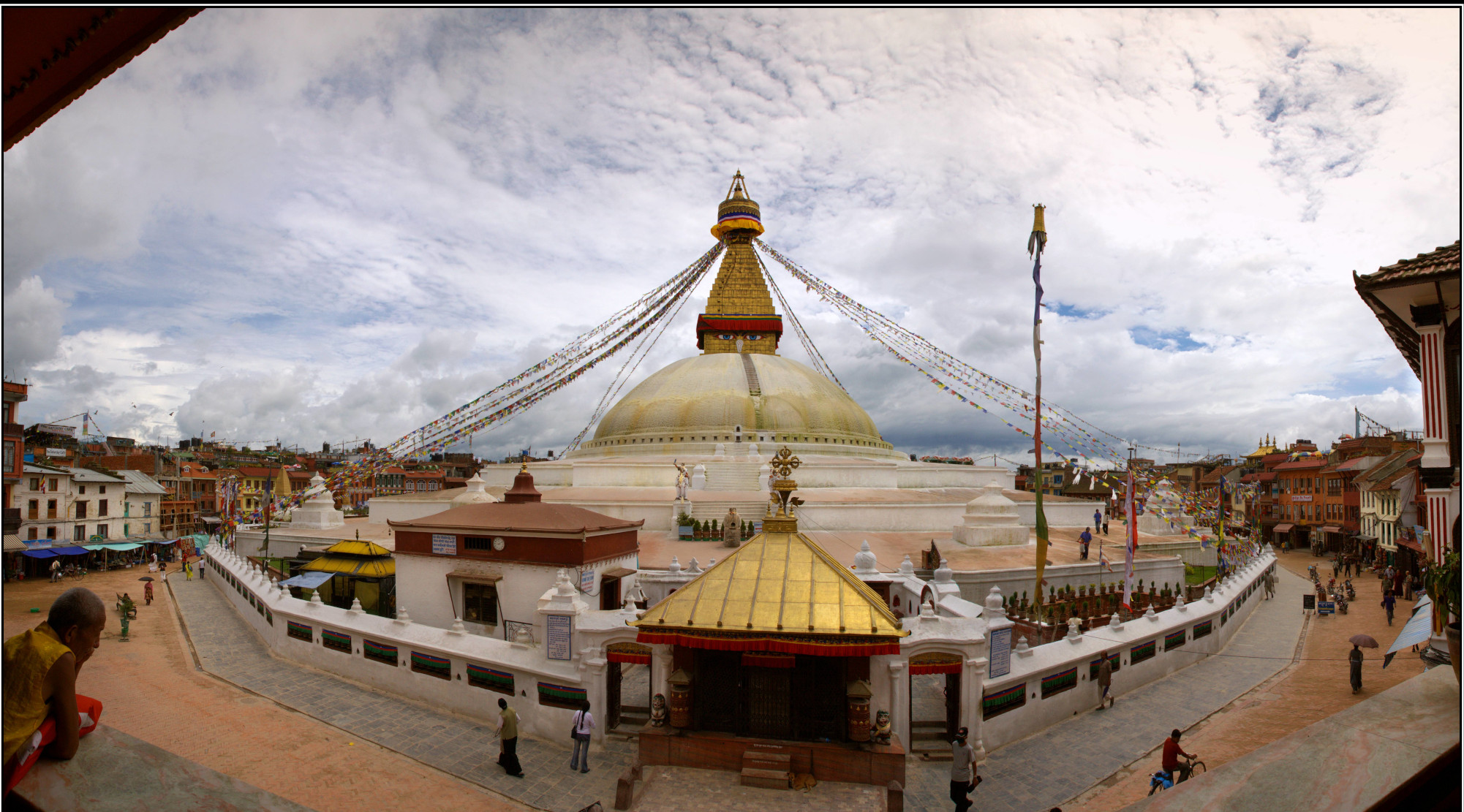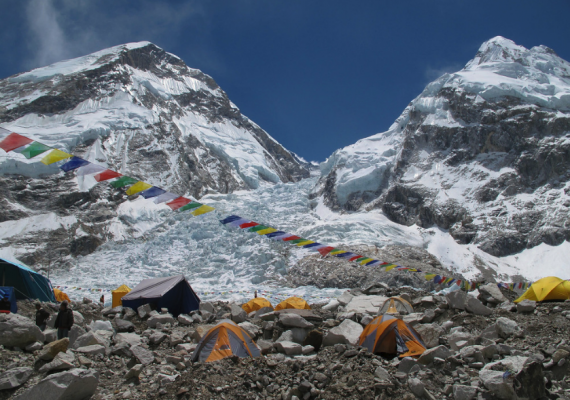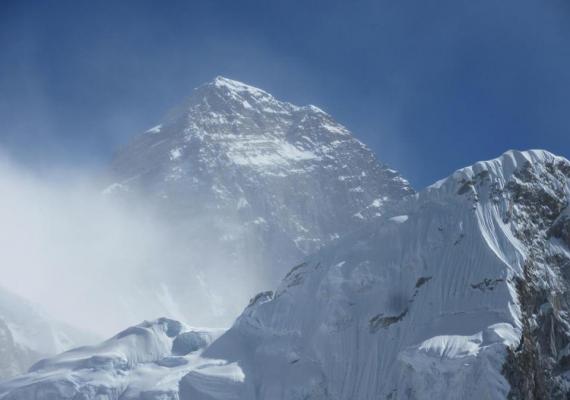The Everest Region is the home of outstanding mountain scenery and the renowned Sherpa people in the world. It is more of native and a little bit culture and known for its unique natural and cultural landscape characteristics. Being a mountainous country, Nepal is one of the destinations of tourist. Everest Region is one of the major destination trekking and mountaineering tourism.
Sagarmatha National Park is one of the most important mountain tourism destinations in Nepal, as well as in the world.. Tourism is of critical importance to the region and represents the main source of income along the trekking route of Everest Region especially from Lukla to Dinboche in Sherpa community. Most households have converted their household economies in order to participate in the new emerging tourist economy. This major economic change has been accompanied by social and cultural change. Income level of local Sherpa people has been increased significantly. Not only this, it has diversified in the income sources of local people too. Not only on communities located on the main trekking routes but even on villages that are located out of main tracks.
Traditional social and economic aspects of especially Sherpa people of this region have been greatly influenced by the surrounding mountain environment and towering Sagarmatha. Similarly tourism is making local people more dependent leaving other profession like agro-pastoralism. The impact of tourism on society and culture begin to appear as the economic dependency on tourism grows and the demonstration effects and commercialization of culture become more evident.
There are not all negative impacts of such tourism in this region. Growing awareness towards environmental issues, economic upliftment of the local people, women empowerment, sense of pride of cultural heritages etc. are positive impact of trekking/mountaineering tourism in the Everest Region. Despite being critical of tourism, we have to use it as a window through which we can spread our cultural values far and wide. The income that people earn from this sector should be used in different sustainable income generating activities giving due care in maintaining the region’s unique ecological diversity and ecosystem.
Sagarmatha National Park is one of the most important mountain tourism destinations in Nepal, as well as in the world.. Tourism is of critical importance to the region and represents the main source of income along the trekking route of Everest Region especially from Lukla to Dinboche in Sherpa community. Most households have converted their household economies in order to participate in the new emerging tourist economy. This major economic change has been accompanied by social and cultural change. Income level of local Sherpa people has been increased significantly. Not only this, it has diversified in the income sources of local people too. Not only on communities located on the main trekking routes but even on villages that are located out of main tracks.
Traditional social and economic aspects of especially Sherpa people of this region have been greatly influenced by the surrounding mountain environment and towering Sagarmatha. Similarly tourism is making local people more dependent leaving other profession like agro-pastoralism. The impact of tourism on society and culture begin to appear as the economic dependency on tourism grows and the demonstration effects and commercialization of culture become more evident.
There are not all negative impacts of such tourism in this region. Growing awareness towards environmental issues, economic upliftment of the local people, women empowerment, sense of pride of cultural heritages etc. are positive impact of trekking/mountaineering tourism in the Everest Region. Despite being critical of tourism, we have to use it as a window through which we can spread our cultural values far and wide. The income that people earn from this sector should be used in different sustainable income generating activities giving due care in maintaining the region’s unique ecological diversity and ecosystem.


